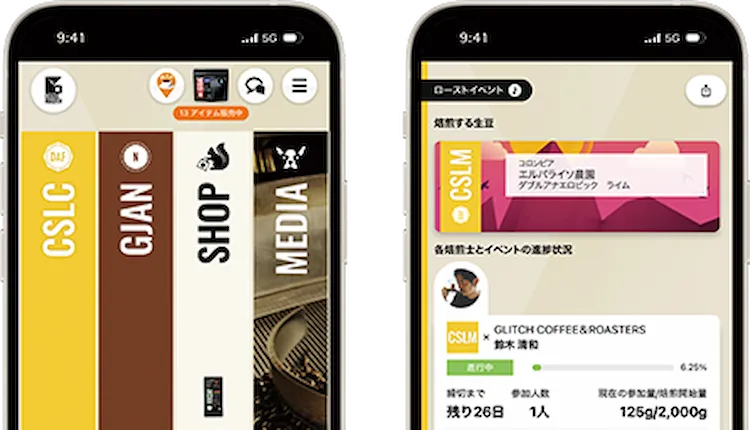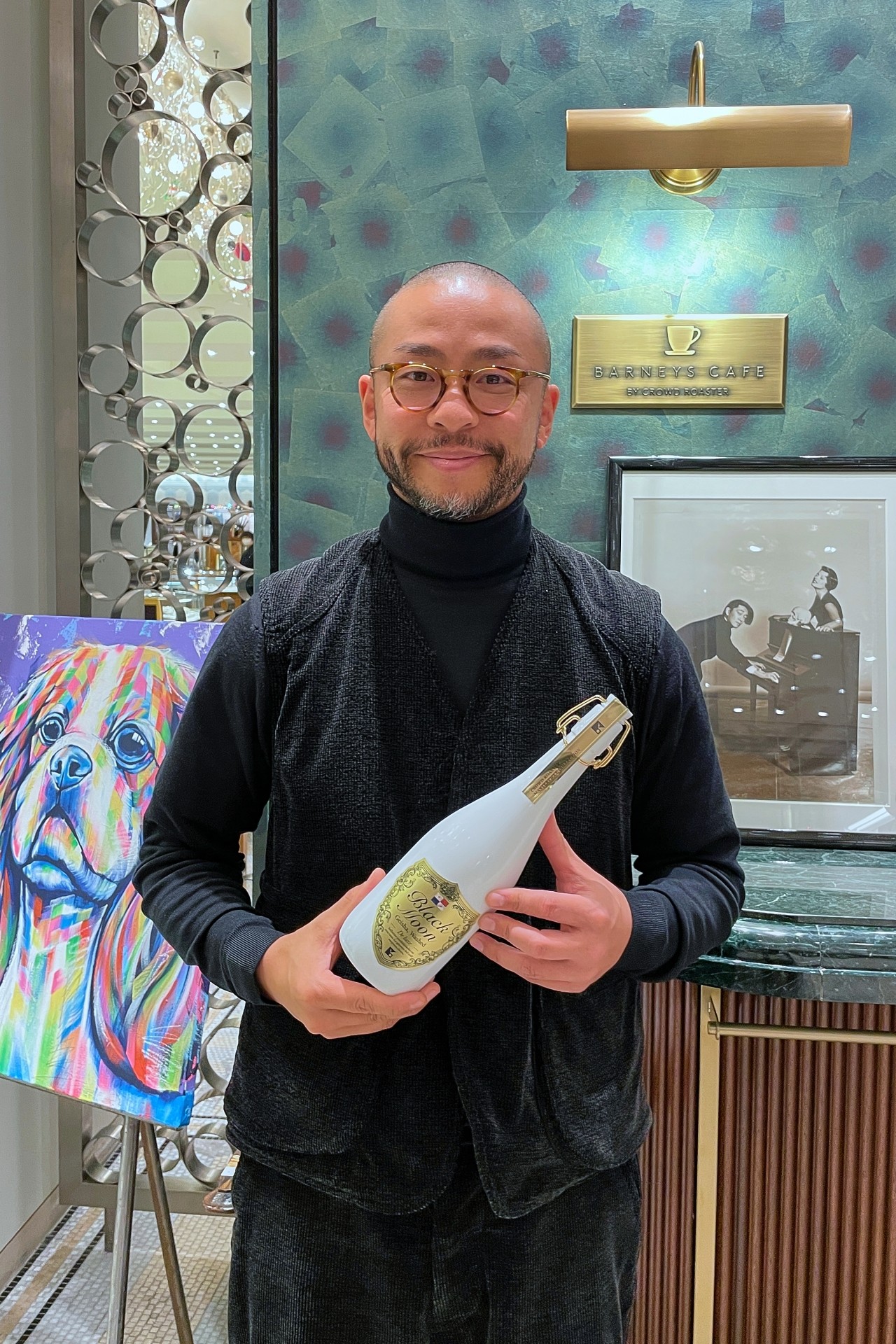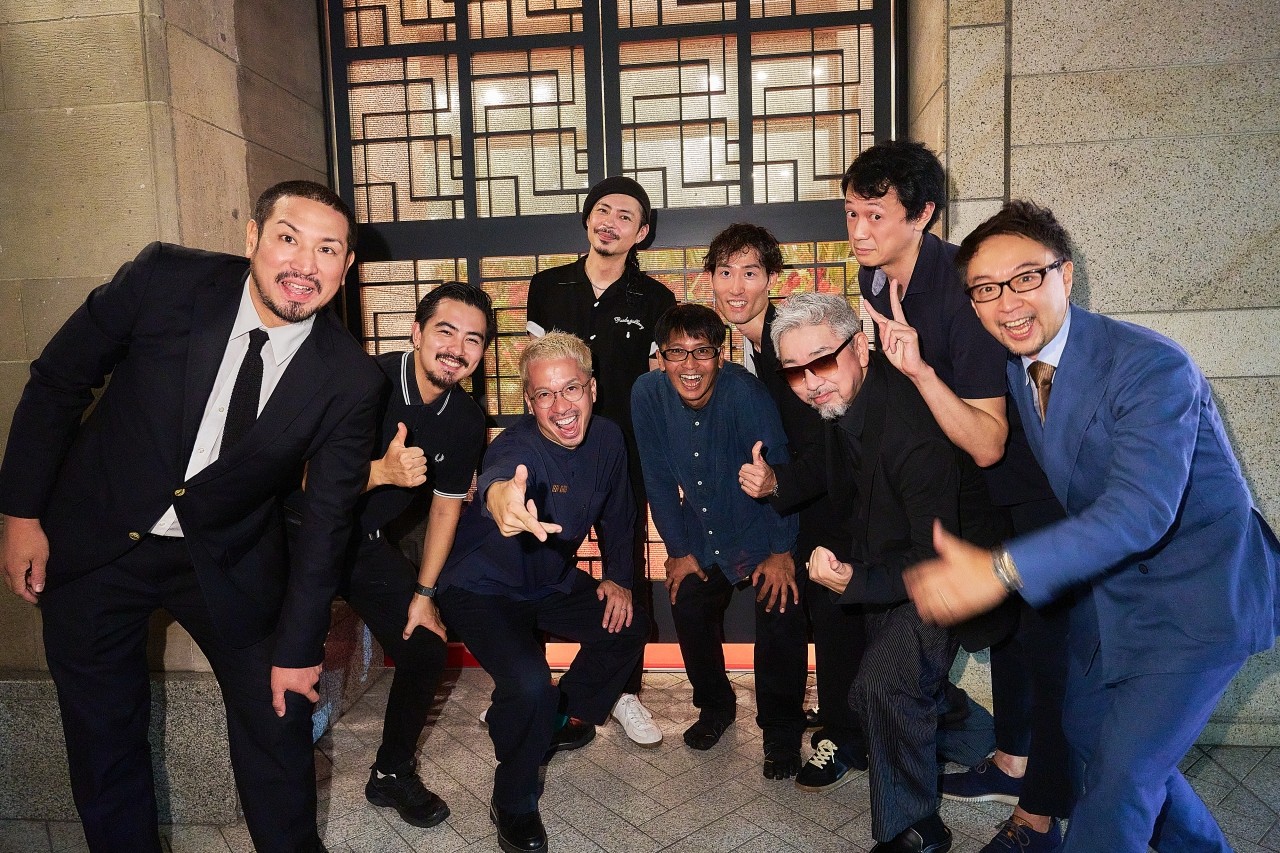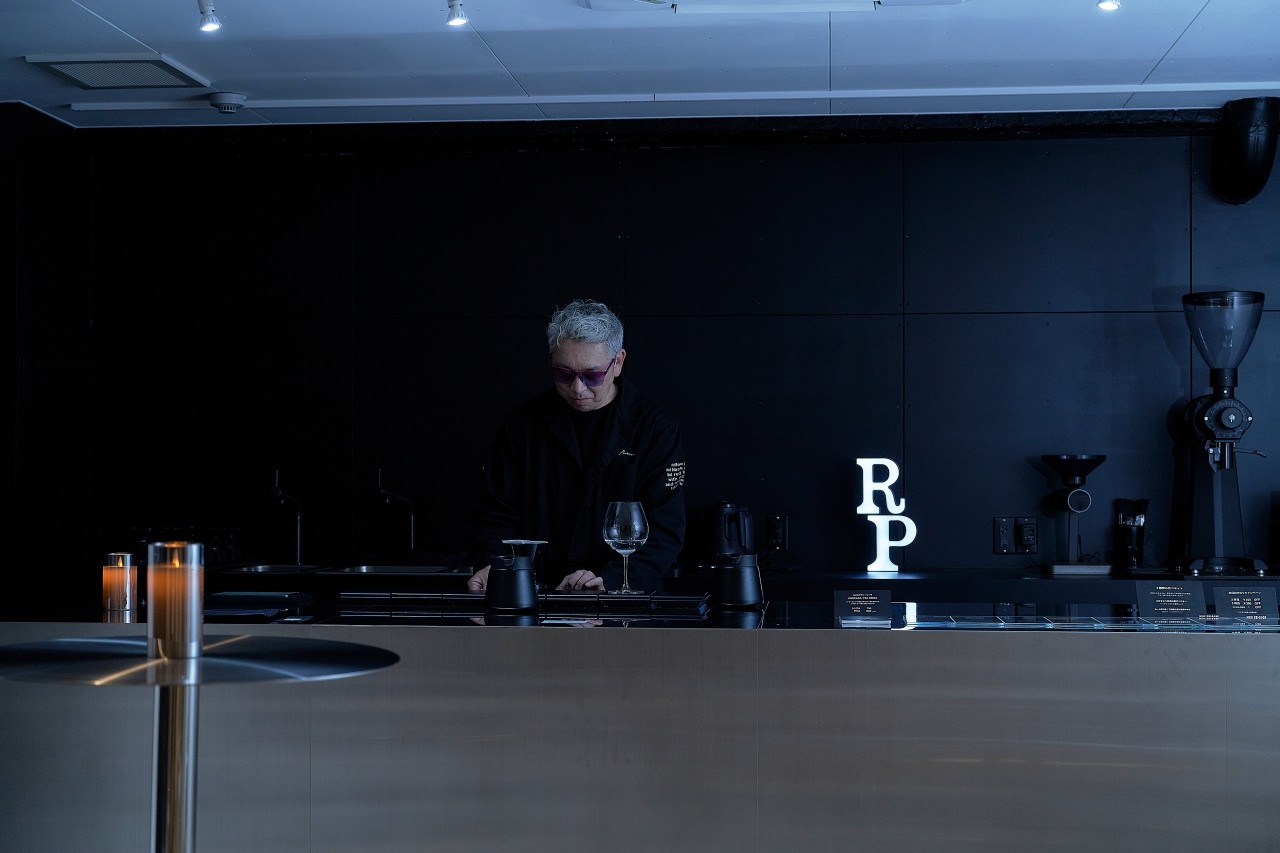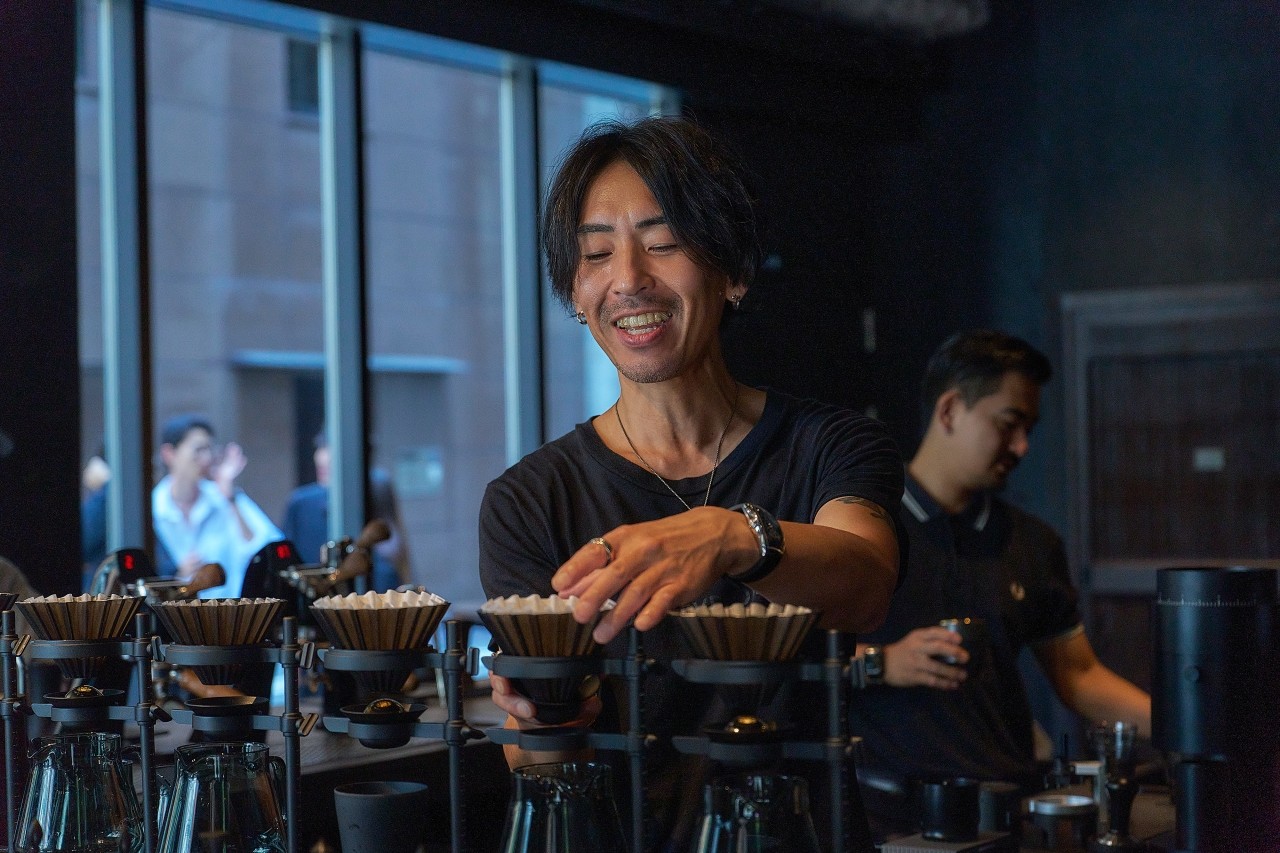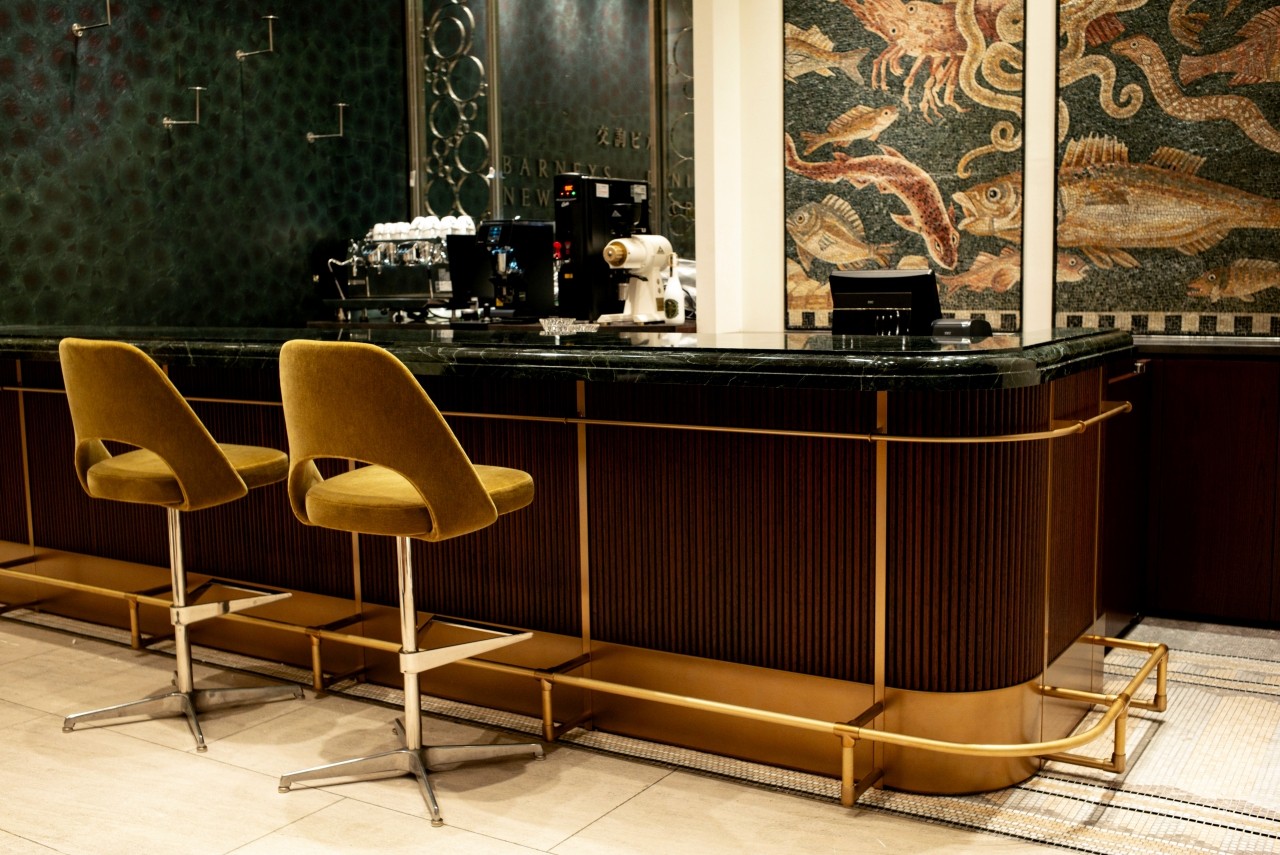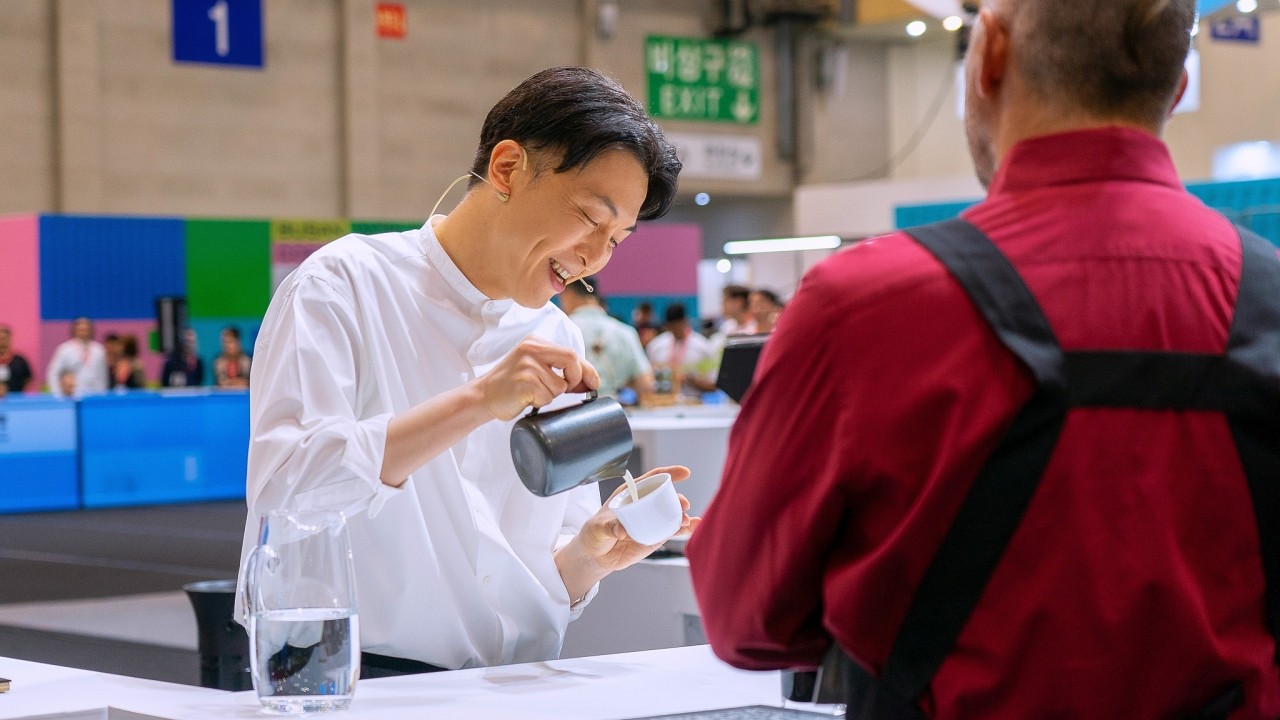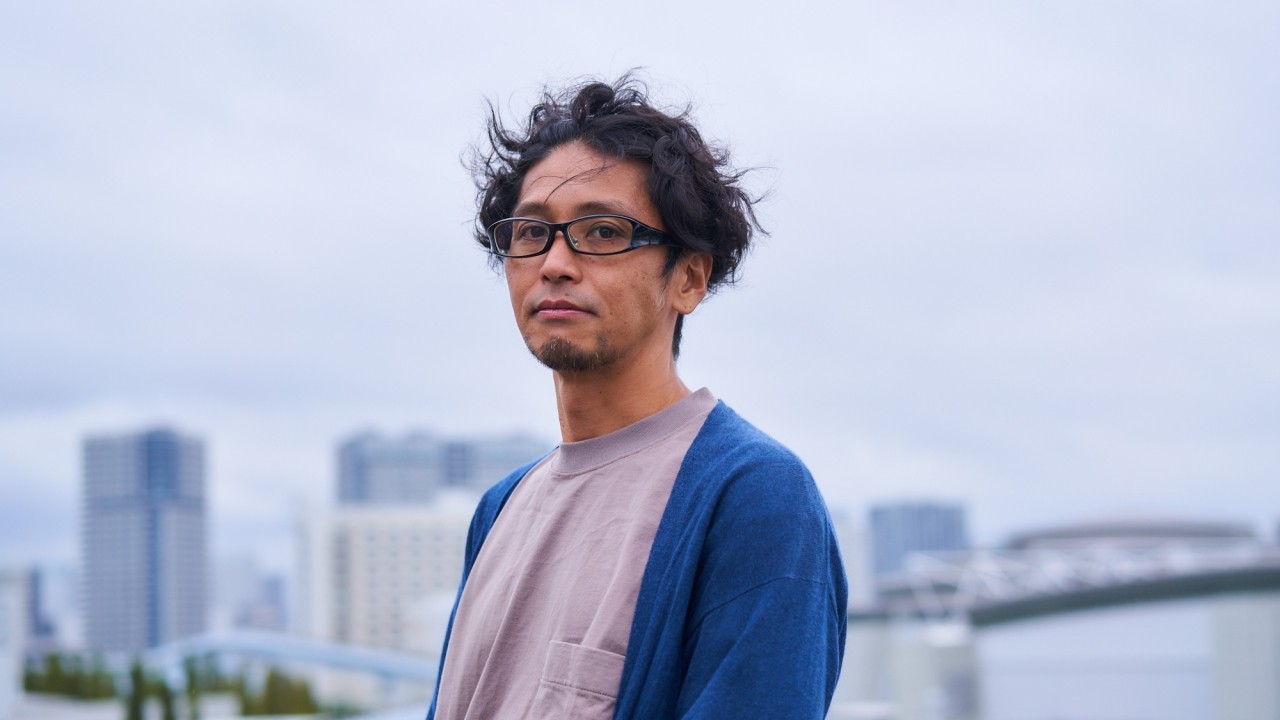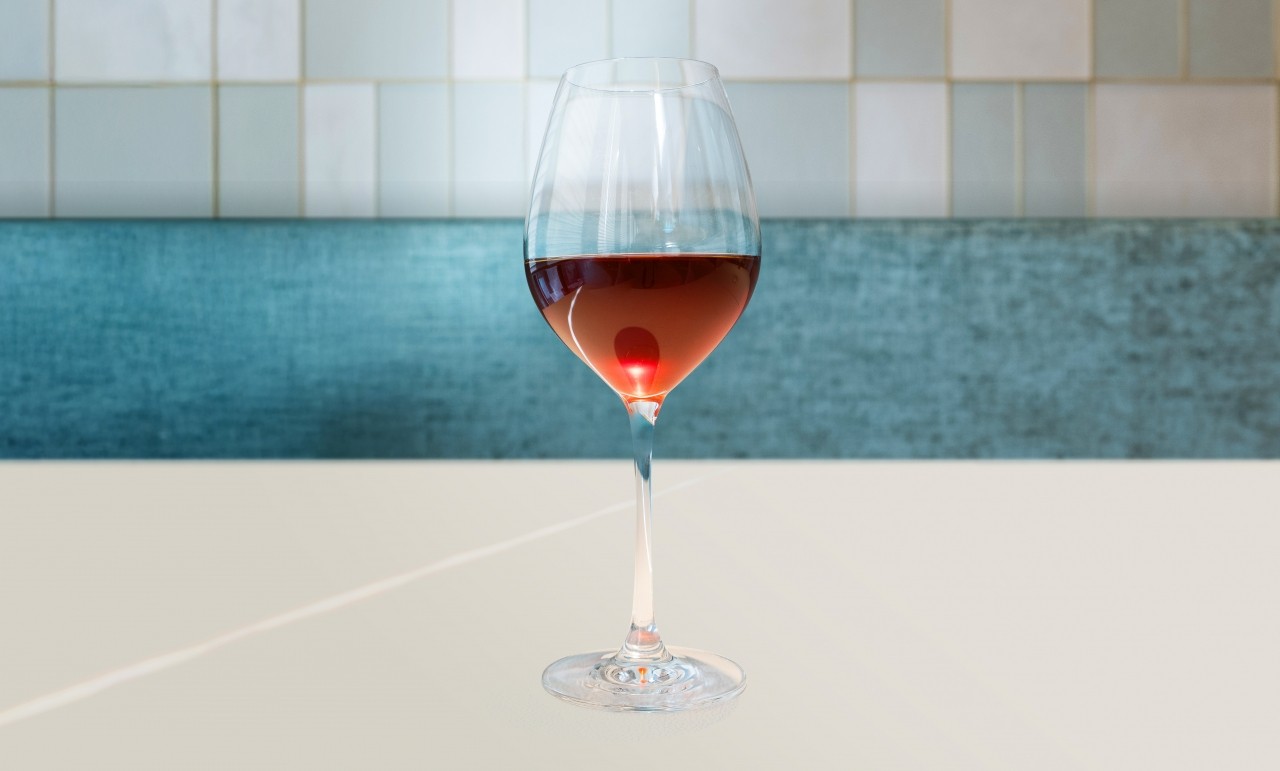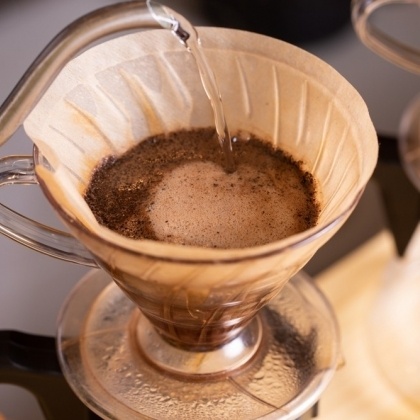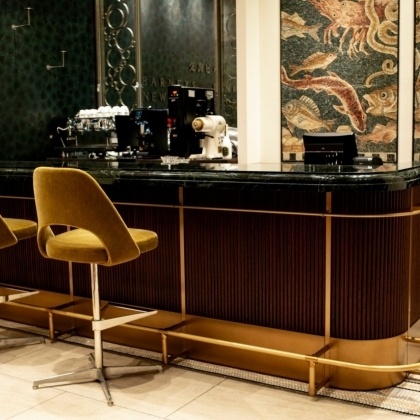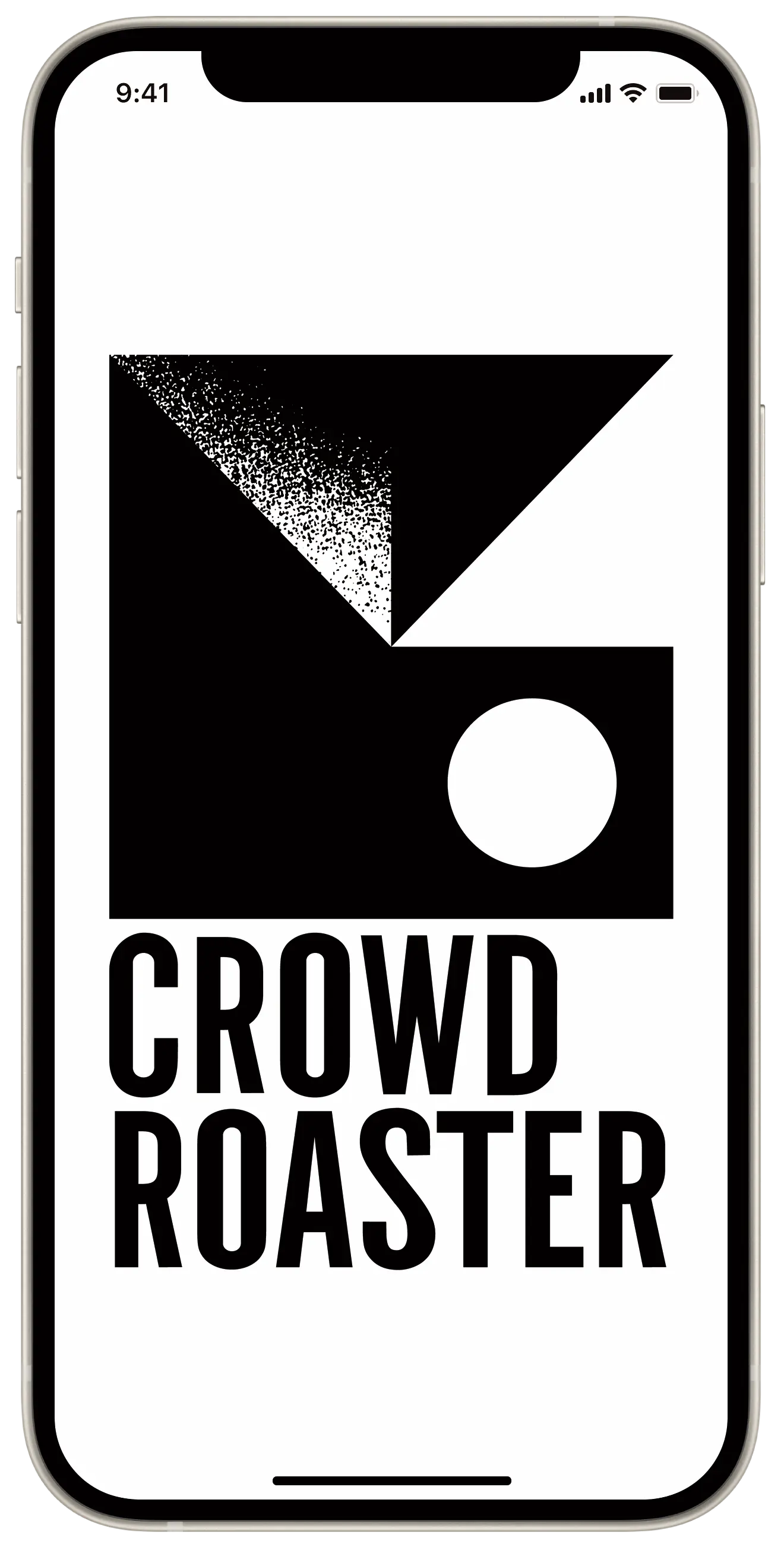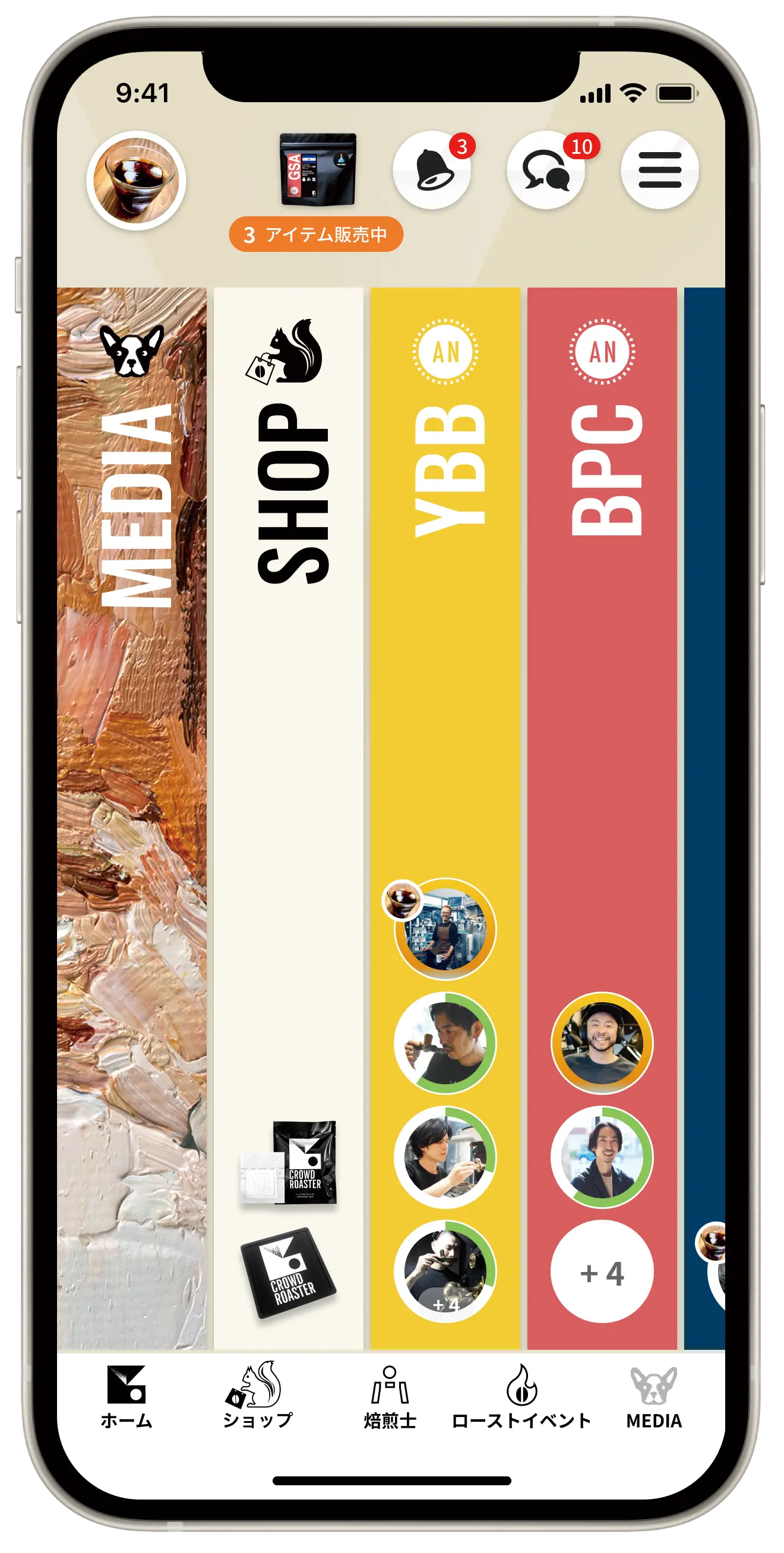What is the origin of cafe? The original Café Procop in Paris
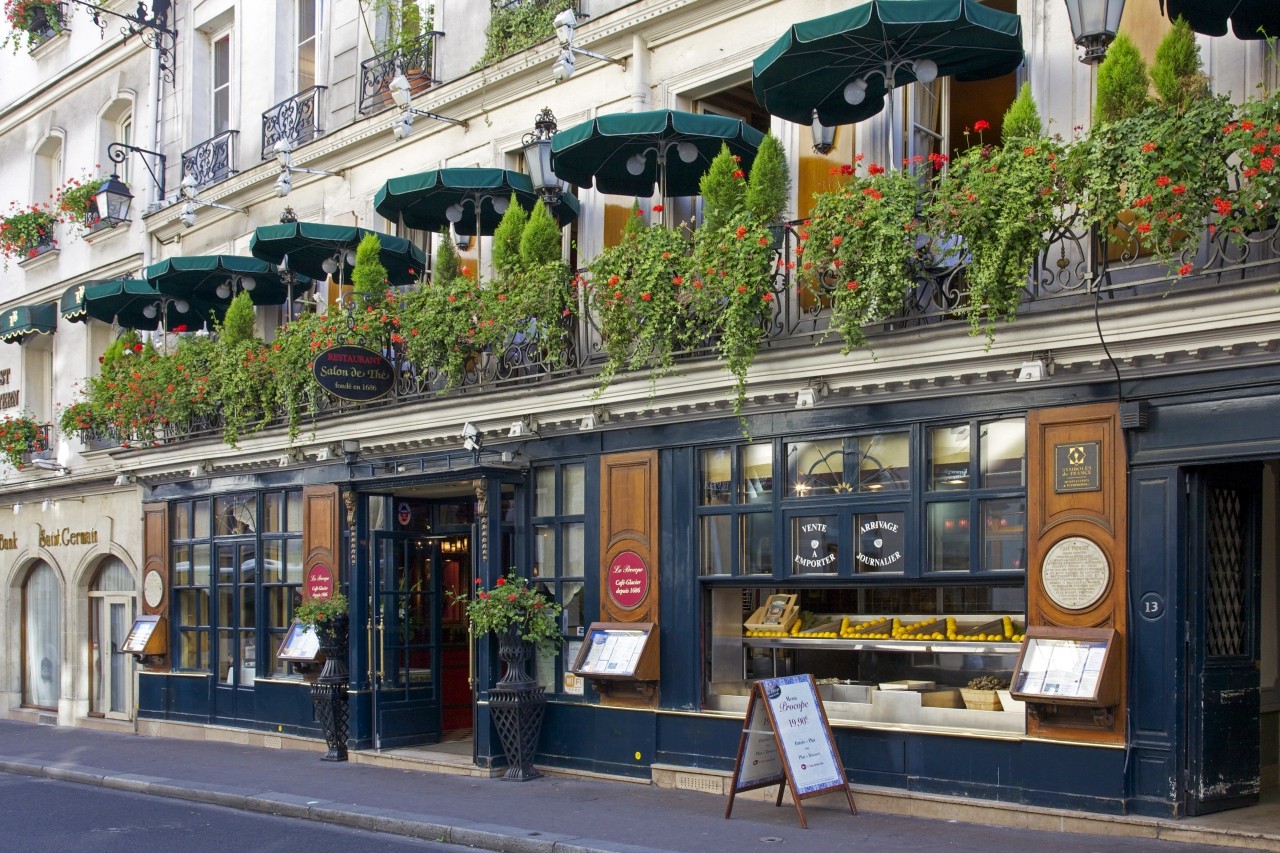
When coffee was introduced to Europe in the 17th century, coffee houses became popular in England, sparking the first coffee boom in Europe.
In Britain, tea culture later developed, and today there is no impression that coffee culture is very popular.
On the other hand, Paris, France, still has a strong image of cafe culture.
I would like to look at the history of how coffee was introduced to Paris and cafes were opened.
In Britain, tea culture later developed, and today there is no impression that coffee culture is very popular.
On the other hand, Paris, France, still has a strong image of cafe culture.
I would like to look at the history of how coffee was introduced to Paris and cafes were opened.
Coffee vendor "Le Candio" and the Armenians
It is said that the first coffee shop in Paris was opened by an Armenian named Pascal in 1672, in the second half of the 17th century.
Pascal's shop was a temporary hut that he operated at the Saint-Germain fair, and he offered Oriental-style smoking accessories, gaining a reputation for its unusual exotic taste. Pascal took advantage of this success and opened a shop on the right bank of the Seine, in what is now the Quai du Louvre. Others, such as Mariban, an Armenian, and Grégoire, a Persian, also opened similar Oriental-style shops, but these were said to have been less successful.
Around the same time, coffee sellers dressed in Armenian clothing, known as "Le Candio," could be seen peddling coffee in pots around the city. Hikaru , which had already begun to be drunk in the royal court and salons, gradually became popular in the streets of Paris.
Pascal's shop was a temporary hut that he operated at the Saint-Germain fair, and he offered Oriental-style smoking accessories, gaining a reputation for its unusual exotic taste. Pascal took advantage of this success and opened a shop on the right bank of the Seine, in what is now the Quai du Louvre. Others, such as Mariban, an Armenian, and Grégoire, a Persian, also opened similar Oriental-style shops, but these were said to have been less successful.
Around the same time, coffee sellers dressed in Armenian clothing, known as "Le Candio," could be seen peddling coffee in pots around the city. Hikaru , which had already begun to be drunk in the royal court and salons, gradually became popular in the streets of Paris.
The original cafe "Cafe Procop" has finally arrived
In this context, Cafe Procope, the prototype of the many Parisian cafes, finally appeared.
Café Prokop opened in 1686.
Café Prokop opened in 1686.
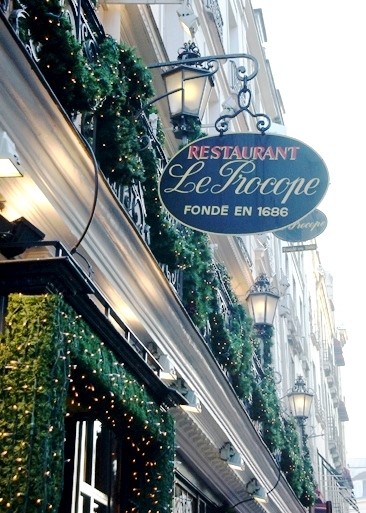 Cafe Procop is currently operating in the same location as it was back then (it's now a restaurant, not a cafe. The photo of Shin at the top of the article is also the same).
Cafe Procop is currently operating in the same location as it was back then (it's now a restaurant, not a cafe. The photo of Shin at the top of the article is also the same). Prokop gained a great reputation for its luxurious Versailles-style interior, which was completely different from the oriental-style restaurants that had been there up until then, with marble tables, chandeliers, and large mirrors. This luxurious interior, which seemed to be aimed at the upper class, is said to have attracted middle-class and wealthy people who aspired to be of the upper class. The restaurant's clientele ranged from aristocrats to actors.
The founder of this shop was Francesco Procopio di Coltelli, an Italian of Italian descent. There are theories that he was born in Sicily or Florence, but it is said that he started his career as a candio at the aforementioned Pascal shop.
The restaurant is located on the left bank of the Seine, across from Pascal's, on Rue Fossées Saint-Germain (now L'Ancienne-Comédie). Amazingly, a restaurant bearing the same name is still operating there today. This area was already a bustling shopping district at the time, and in 1689 the Comédie-Française (theater) moved across the street, making it a popular destination for theater professionals and theatergoers alike. Famous figures who patronized the restaurant included playwrights such as Fontenelle and Crébillon, as well as actors including Renard.
The founder of this shop was Francesco Procopio di Coltelli, an Italian of Italian descent. There are theories that he was born in Sicily or Florence, but it is said that he started his career as a candio at the aforementioned Pascal shop.
The restaurant is located on the left bank of the Seine, across from Pascal's, on Rue Fossées Saint-Germain (now L'Ancienne-Comédie). Amazingly, a restaurant bearing the same name is still operating there today. This area was already a bustling shopping district at the time, and in 1689 the Comédie-Française (theater) moved across the street, making it a popular destination for theater professionals and theatergoers alike. Famous figures who patronized the restaurant included playwrights such as Fontenelle and Crébillon, as well as actors including Renard.
The café became a symbol of the Age of Enlightenment.
It is said that a major factor in Procop's success was that it provided a place for intellectual exchange for the general public, not just theater customers, like London's coffee houses. Until then, places for people to interact had mainly been closed-off salons or establishments that served alcohol, such as cabarets and taverns, but Procop became a new space for interaction that was appropriate for the "century of reason."
Newspapers and pamphlets were posted on the chimneys to provide information and social news to customers.
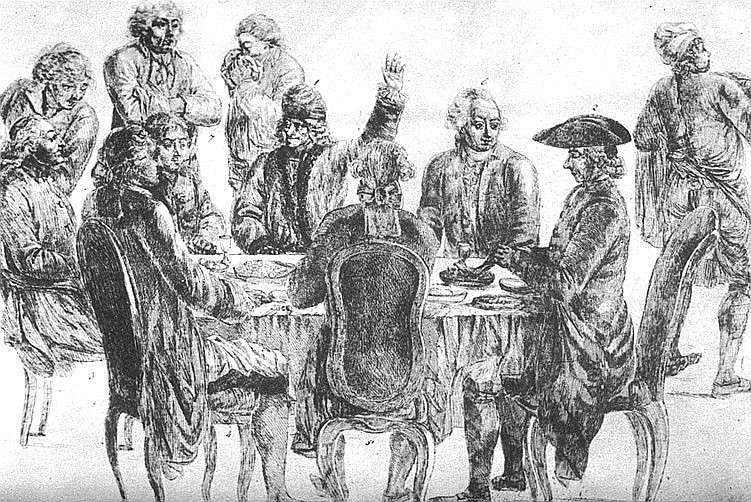 Voltaire and other Encyclopedists meeting
Voltaire and other Encyclopedists meetingIn the 18th century, the "Century of Reason," Procop gathered together enlightened intellectuals such as Voltaire and is known for playing a major role in the creation of the Encyclopedia, which is said to be the greatest cultural project of the century. Poets and writers such as Jean-Baptiste Rousseau gathered together, and further, around Voltaire, the Encyclopedists, including Diderot, d'Alembert, Buffon, and Jean-Jacques Rousseau, gathered.
Later, during the French Revolution, Jacobins such as Danton, Marat, Robespierre, and Desmoulins were frequent visitors. Incidentally, the list of 19th-century customers includes George Sand, Balzac, Anatole France, Huysmans, and Verlaine, but it seems that the store never regained the momentum it had in the 18th century.
What was on the menu at the first cafe?
So, what did they offer at Prokop? First of all, of course, there was coffee, followed a little later by tea and cocoa (chocolate). Soft drinks such as lemonade, candied fruit, ice cream and sorbet, and liqueurs. That's the gist of the menu.
There are no dishes, wine, or beer to be found, but this is because the guild (trade association) to which Procop belonged, Café-Limonadiers, was limited to selling soft drinks, liqueurs, preserved meats, and ice cream. On the other hand, other guilds, such as Rotisserie (roasters), Trétour (serving stewed meats), and Taverne (wine and simple meals), were not allowed to sell anything served in a café. This was the system by which the Parisian guilds operated.
Besides coffee, flavored soft drinks and liqueurs, and especially Sicilian cassata-style ice cream made with fruit and vanilla, were also popular.
The non-alcoholic menu, including coffee, was used as a place for rational discussion, similar to British coffee houses, and it was an unprecedented space. The success of Café Procope led to the opening of cafes all over Paris, and we would like to introduce this passionate cafe culture in a future article.
There are no dishes, wine, or beer to be found, but this is because the guild (trade association) to which Procop belonged, Café-Limonadiers, was limited to selling soft drinks, liqueurs, preserved meats, and ice cream. On the other hand, other guilds, such as Rotisserie (roasters), Trétour (serving stewed meats), and Taverne (wine and simple meals), were not allowed to sell anything served in a café. This was the system by which the Parisian guilds operated.
Besides coffee, flavored soft drinks and liqueurs, and especially Sicilian cassata-style ice cream made with fruit and vanilla, were also popular.
The non-alcoholic menu, including coffee, was used as a place for rational discussion, similar to British coffee houses, and it was an unprecedented space. The success of Café Procope led to the opening of cafes all over Paris, and we would like to introduce this passionate cafe culture in a future article.
If you want to enjoy coffee more deeply
" CROWD ROASTER APP"
Manabu at CROWD ROASTER LOUNGE
・Push notifications for article updates・Full of original articles exclusive to CROWD ROASTER
・Direct links to detailed information about green beans and roasters
App-only features
- Choose green beans and roasters to create and participate in roasting events・CROWD ROASTER SHOP: Everything from beans to equipment is readily available
・GPS-linked coffee map function
